iPhone 12 Pro Max, a Photographer’s Perspective
It’s that time of year again: I’ve traded in my iPhone for the newest version, played with it, and now I’m here to tell you what I think of the camera on iPhone 12 Pro Max. So, is it a much better camera than my 11 Pro? Yes, and also no. Let me explain, but first I want to address the phone in the room.
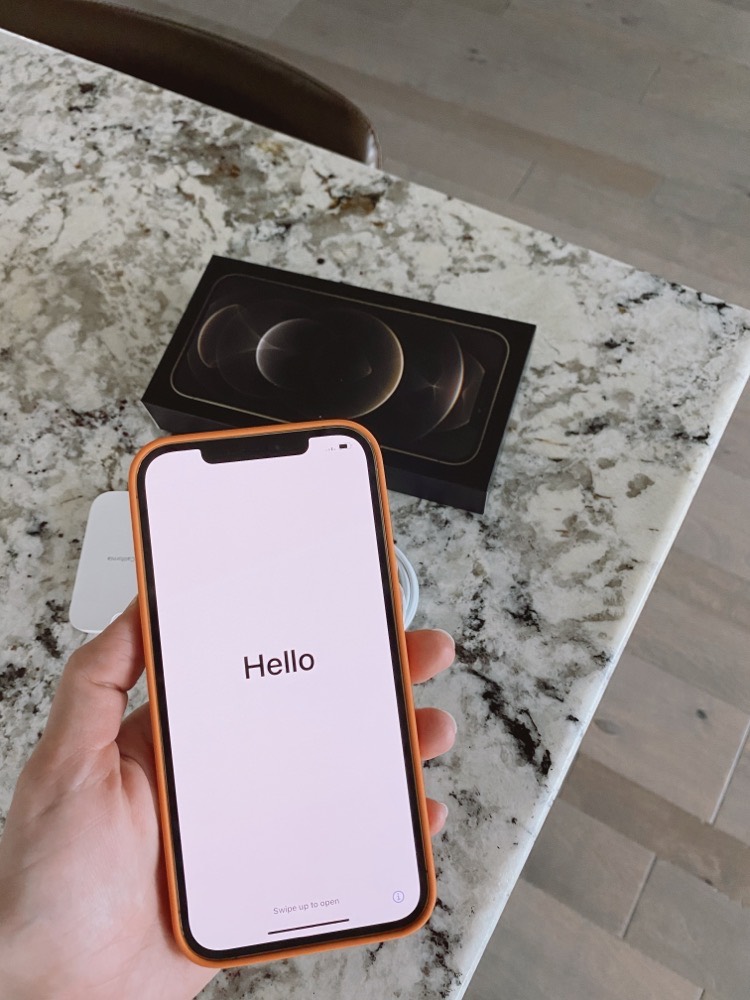
Yes, the iPhone 12 Pro Max is huge. When I opened it and saw it, I giggled. It looks kind of like a small iPad. I thought I would dislike that about it, but I was willing to live with the size in exchange for the camera. Yet, to my surprise, I love it! It’s a great screen size to edit photos on, and because I frequently opt to edit on my phone in Lightroom mobile, this works well for me. It’s also nice to have an even bigger screen when composing and taking my shots.

As a portrait photographer, I will tell you the thing I care most about on this phone is Portrait Mode. As far as the other camera features like wide angle or zoom, I rarely use either and don’t notice major differences with this phone when I do tap on those choices. I know the new zoom is factually better, but I don’t use it enough to speak about it. Additionally, night mode is mostly the same for me, and even available using portrait mode now; however, it brightens things up too much for my taste, especially when I want my photo to actually look like nighttime. I also don’t like how long the night mode exposure time is, and since I mainly photograph kids who don’t sit still, I usually turn night mode off.
So, when my new phone arrived and I got it set up, the first thing I did was test the camera out on my favorite subjects: my kids. I still had my 11 Pro because I hadn’t yet handed it in, so I took some quick shots side by side using both to try and see if I could tell a difference.
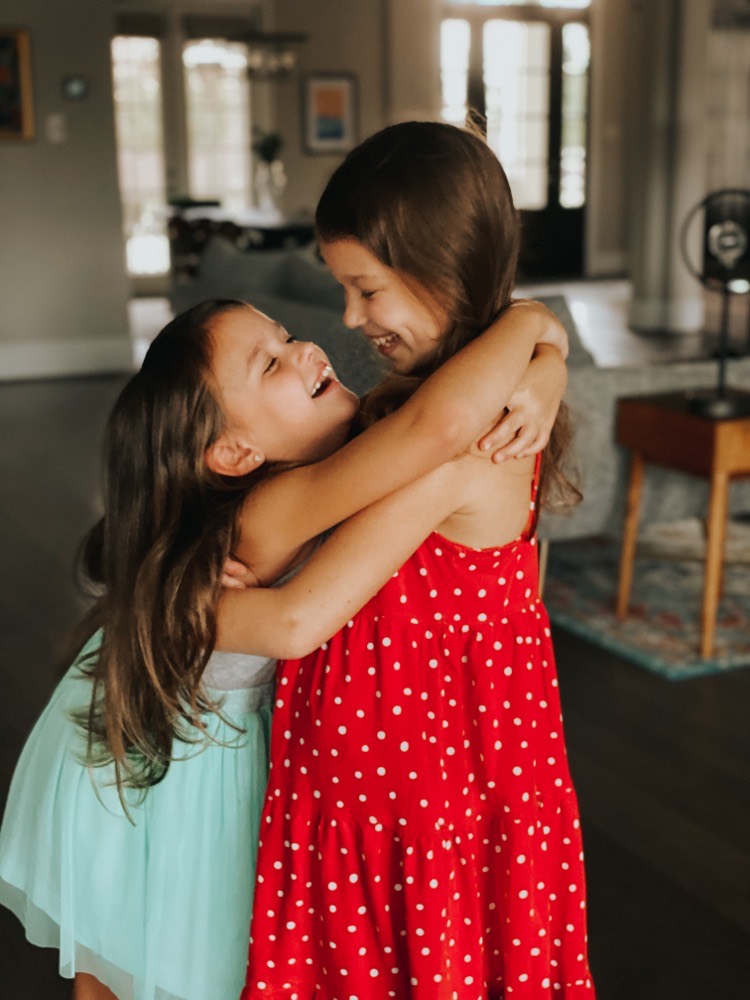
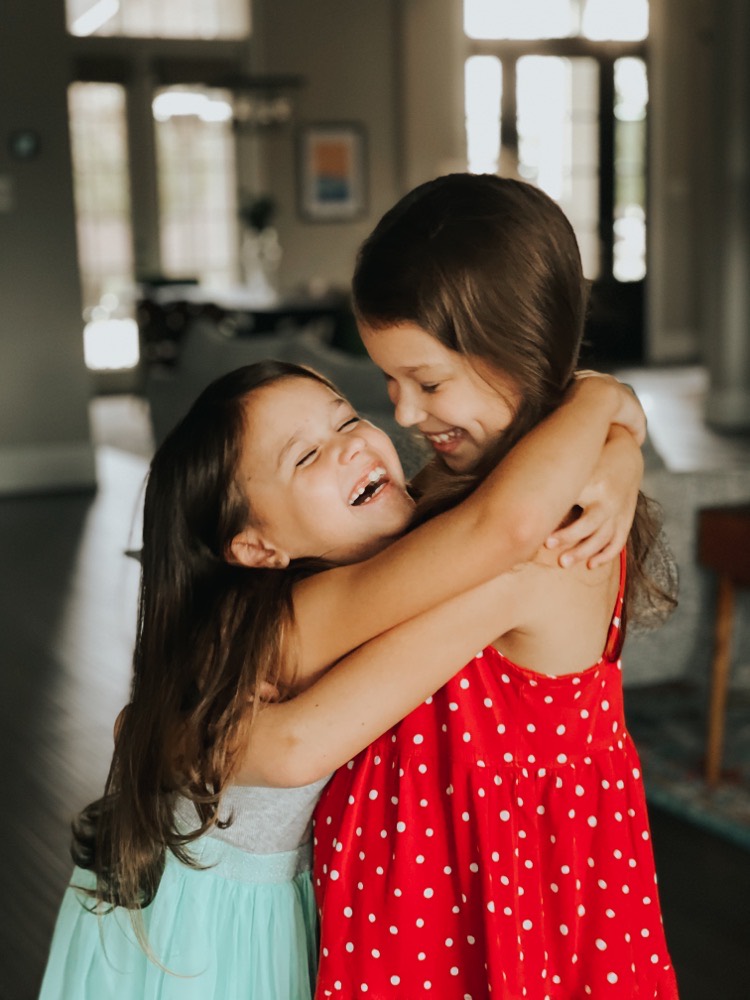
The above images were taken 8 seconds apart — the first with iPhone 11 Pro using portrait mode, and the second with iPhone 12 Pro Max using portrait mode. The only edits were color and light adjustments, no sharpening, smoothing, or spot edits were applied. The difference is immediately apparent. Aside from the visible difference in focal length, the 12 Pro Max’s image is a lot clearer, less noisy, less fuzzy, less grainy, and sharper. The details in their faces are better with the 12 Pro Max. In both situations there is some blur, as they were not quite still, but the 12 Pro Max is still sharper, even though there was actually a bit more movement in their interaction at that moment. Neither phone did an excellent job applying portrait mode around the bottom of my oldest daughter’s hair (the one in the red dress), but the 12 Pro Max looks like it tried more than just blurring it completely out. I’ve continued to see noticeably superior portrait mode images with this new phone.
There is one major thing I don’t like about the 12 Pro Max. I know a lot of people love the new 2.5x focal length instead of the old 2x, but I don’t. I almost never use zoom in regular shooting mode — I still tend to zoom with my feet — but where I notice the change and really don’t like it is with portrait mode. When I use portrait mode, I try to tell more of the story in a scene and not crop out limbs as much as possible, so now more of my story is cut out with a tighter crop. When I had a 2x zoom portrait mode, I could move my body a touch closer with portrait mode if I wanted a 2.5x look, but I can’t do the reverse now to go from the 2.5x back to a 2x because I have to stay close enough to my subject so portrait mode works. Yes, I can use the 1x portrait mode distance instead, but even moving closer to my subject while using that focal length, it changes the lens compression enough that I notice, and my image loses that portrait feeling magic. This change is constricting.
The iPhone has long handled taking photos in good and even lighting very well, but the scenes I’m often interested in photographing test the limits. I love low light, light patterns, and backlight, and none of those are easy to expose for with any camera.
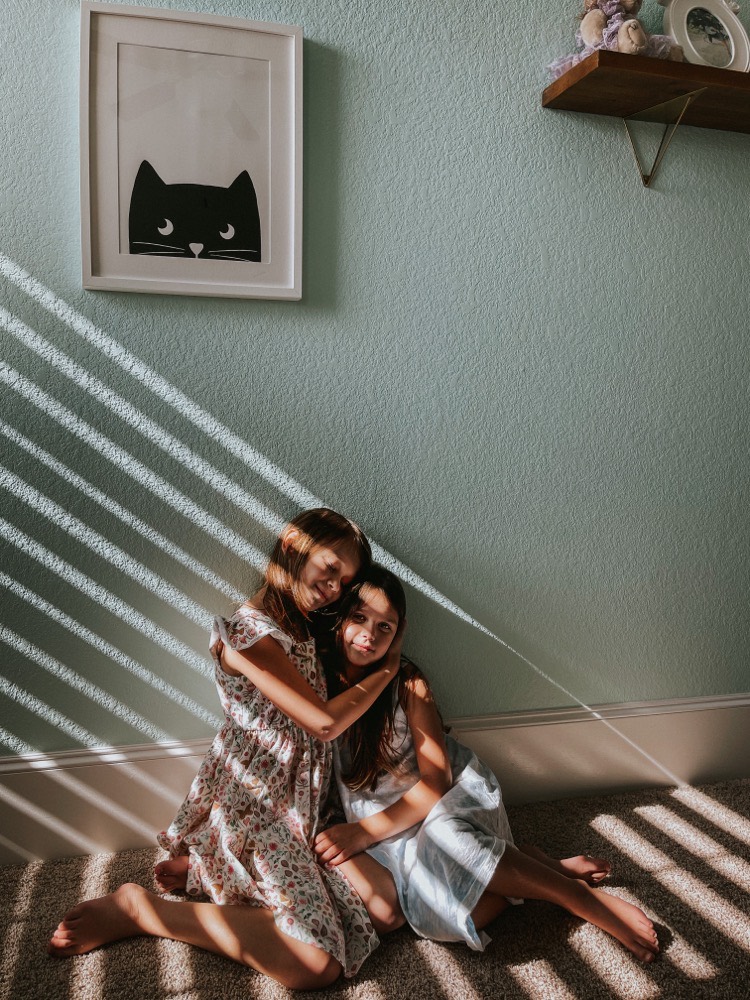
Yet, the iPhone’s smart HDR has gotten better and better at handling harsh light circumstances. I used to have to manually under-expose every single iPhone photo I took in harsh light or against the sky. Now, the camera handles it so well that I rarely have to make an exposure adjustment before I tap the shutter button. This isn’t new with the 12 Pro Max — I also noticed this had gotten a lot better with the 11 Pro, and the improvement with the 12 Pro Max is almost imperceptible.
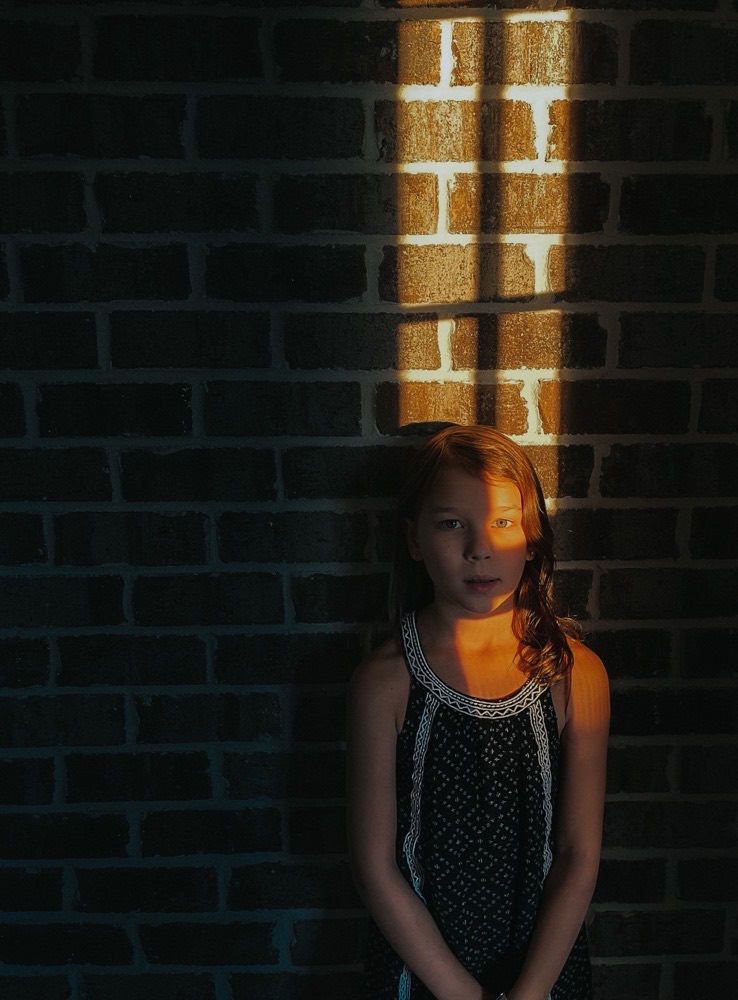
Still, it’s not perfect. The phone tends to expose the whole image for a face, and therefore over-exposes the entire image too much, ending up with hot spots like in the photo above. I had to decrease the above photo’s exposure to -.70 to get the final image to look close to the next shot I manually under-exposed for below. Even lowering the exposure upon the edit of the first image, the grout lines between the bricks are blown out, and the image looks flatter. The exact same edit was applied to both images — the only difference was exposure: one in shooting, and the other in post processing. Editing can’t ever fully make up for a poorly lit shot. So while auto exposure and smart HDR is getting there, it’s important still to not rely fully on it with this new phone.
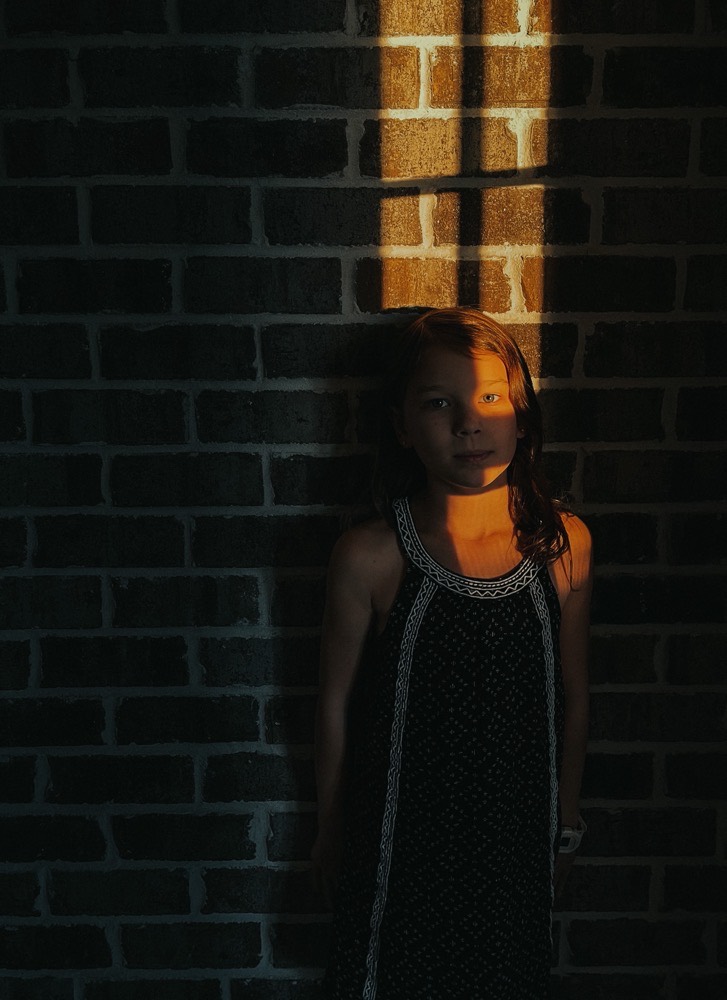
A stark difference between older versions of the phone and the 12 Pro Max happens when using portrait mode in harsh light situations.
Get Our Best Photography Tips & Workflows
Transform your photos and edits from average to awesome with our in-depth, mobile photography course. It’s jam-packed with training, ideas, and lessons that can literally transform your photography overnight.
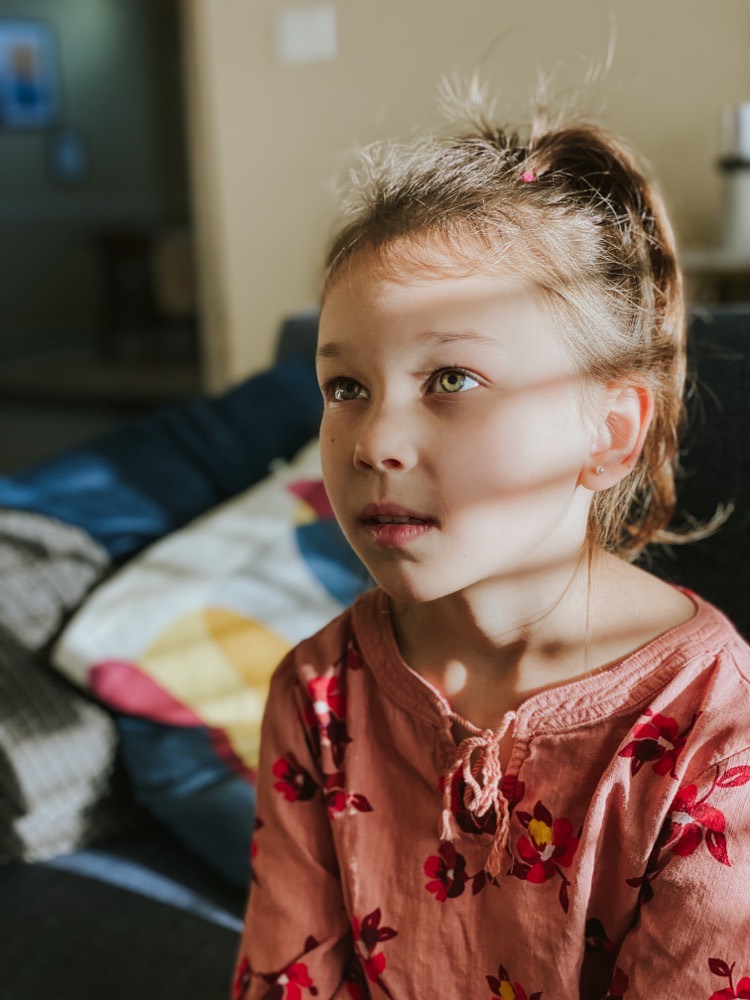
I shot the image above using portrait mode on the iPhone 11 Pro, and the one below on the 12 Pro Max. Both phones did a good job isolating my subject from her background, but if you zoom in on her skin and her eyes, the 12 Pro Max’s image is much sharper, clearer, and far less noisy. I see a big difference in image quality here.
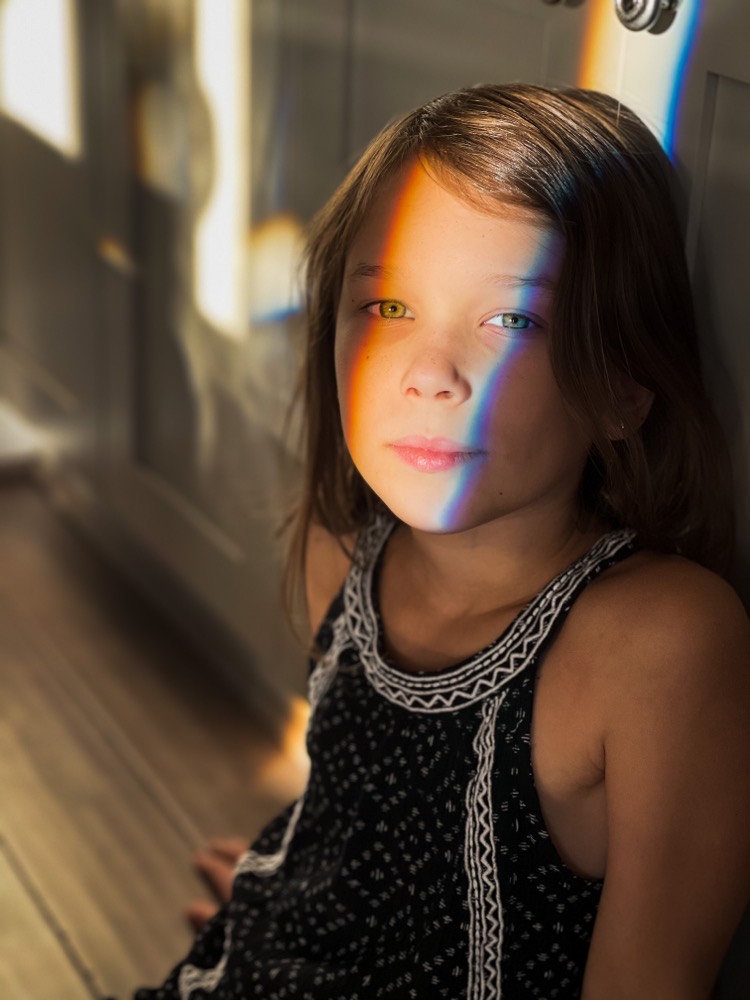
The same was true when I tested portrait mode on the 12 Pro Max using backlight. I still had issues, but I also had some of the clearest, least noisy, and most beautifully toned and exposed, backlit portrait mode shots I have ever gotten with an iPhone.
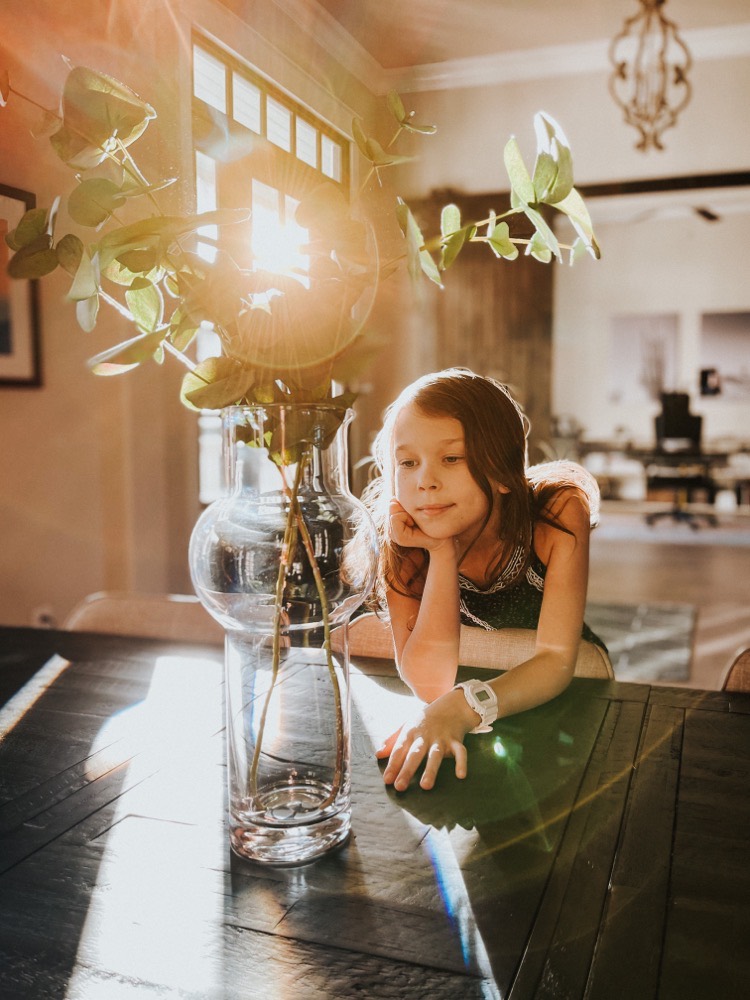
This image above still has its blown out spots, but nothing too out of the ordinary for a backlit shot. I was very impressed with the way my Pro Max 12 handled this light situation in portrait mode.
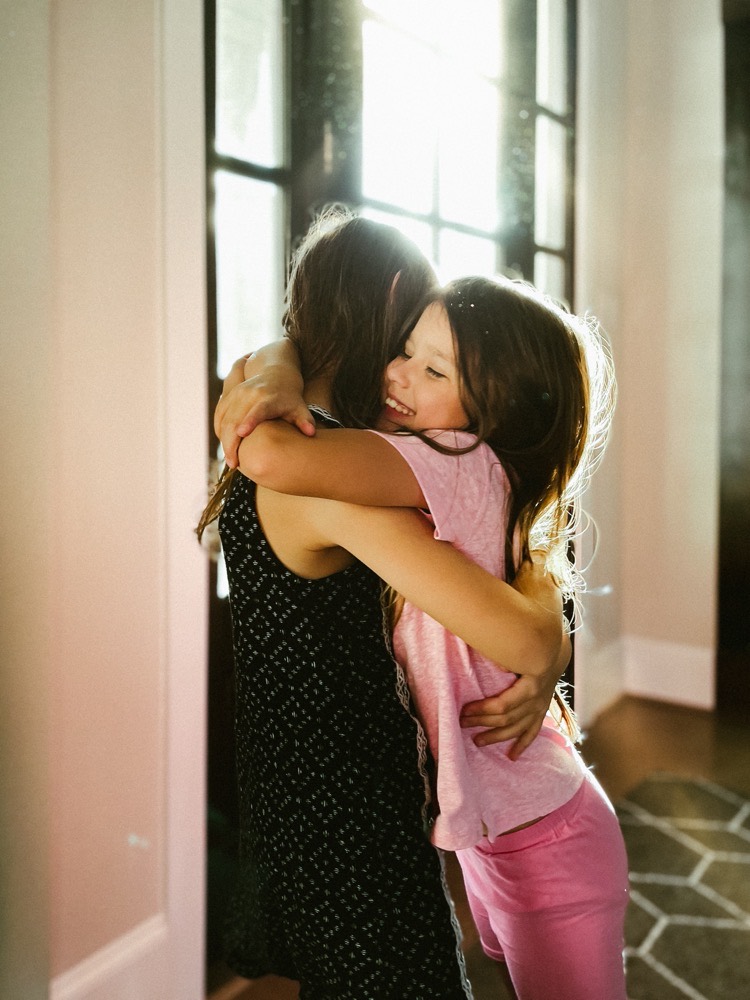
Here’s another one I backlit. There are issues: blown out spots, that weird turquoise glare that can happen with portrait mode in a few spots on the bottom half of the image, and some portrait mode misses in the application of background blur around my youngest daughter’s (in pink) back and hair. But look at her face. Look at the detail, look how clear and crisp even her eyelashes are. I didn’t skin smooth those cheeks, 12 Max Pro portrait mode did that, and I’m kind of blown away.
To compare, here’s a backlit portrait with the 11 Pro that I took last year, below. I don’t have very many backlit portrait mode photos from the 11 Pro because they often were fuzzy, noisy, and I would shy away from taking them with my phone. In the 11 Pro image below, I had to add noise reduction and do some face editing to clear it up, and it still isn’t up to the quality of the image above where I did not have to do any of that work on her skin. You can clearly see that the 12 Pro Max handled both the difficult light and the details in skin and facial features much better in the photos above.
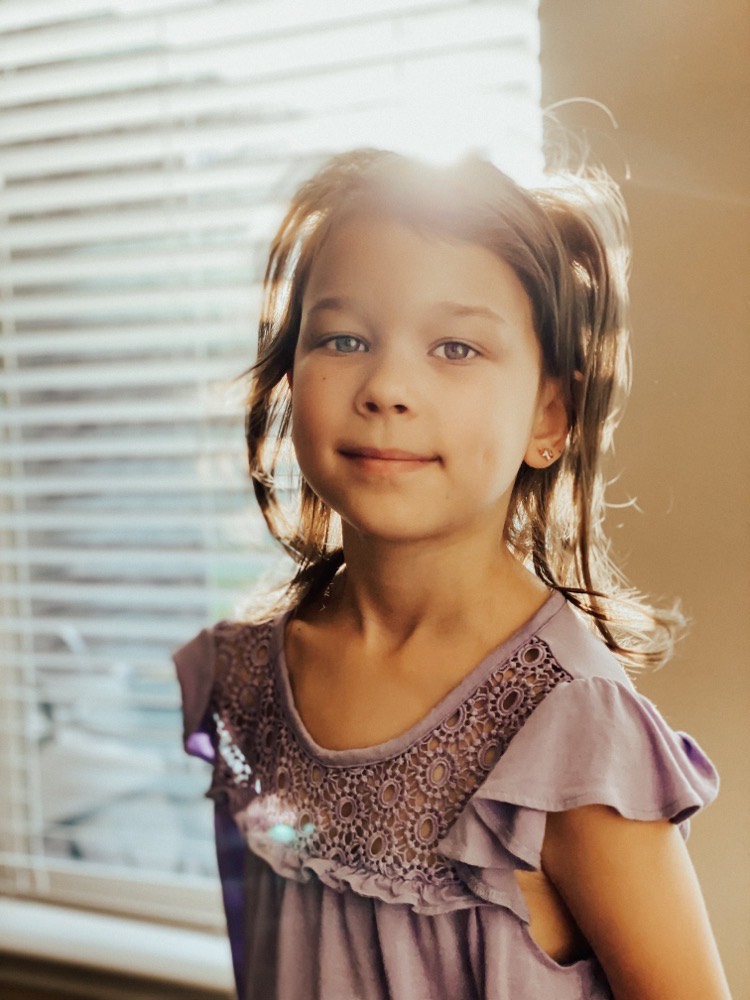
Here is another great comparison. I took this first photo below with the iPhone XR in the daytime. I darkened it to give it a nighttime mood, and had to do some skin smoothing to my daughter’s face. It remains one of my all time favorite iPhone shots I’ve taken.
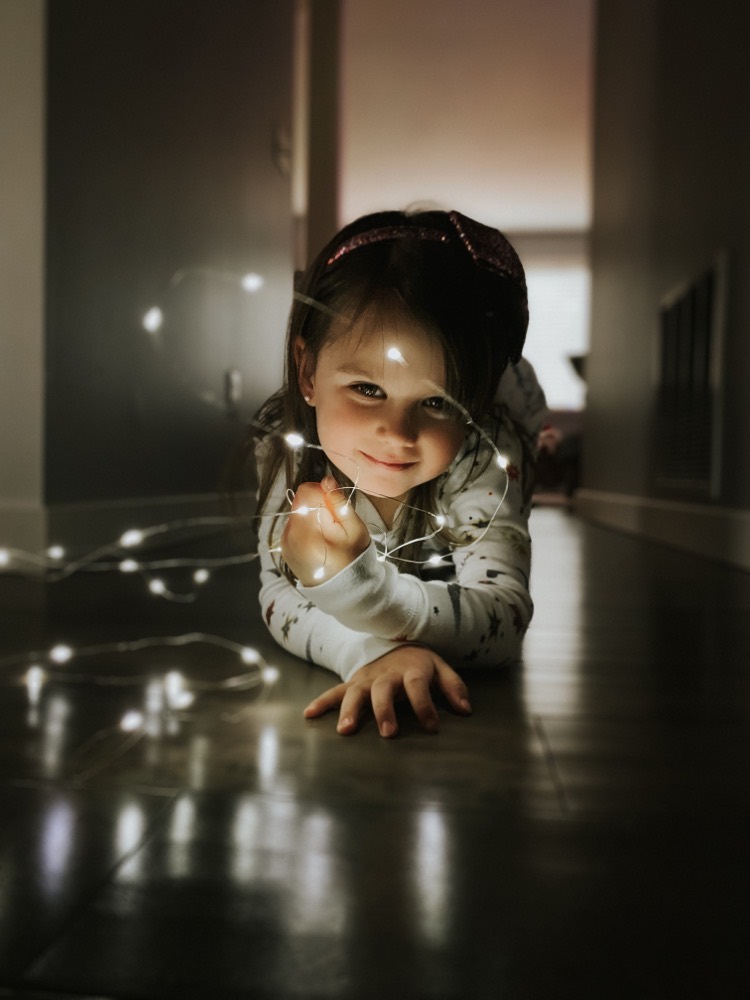
But compare the details in her face in a photo taken with the help of daylight to the below photo taken at night — with the only light source being the fairy lights — and it doesn’t hold a candle to the other image in quality. This really shows off the incredible low-light capabilities in portrait mode with the 12 Pro Max.
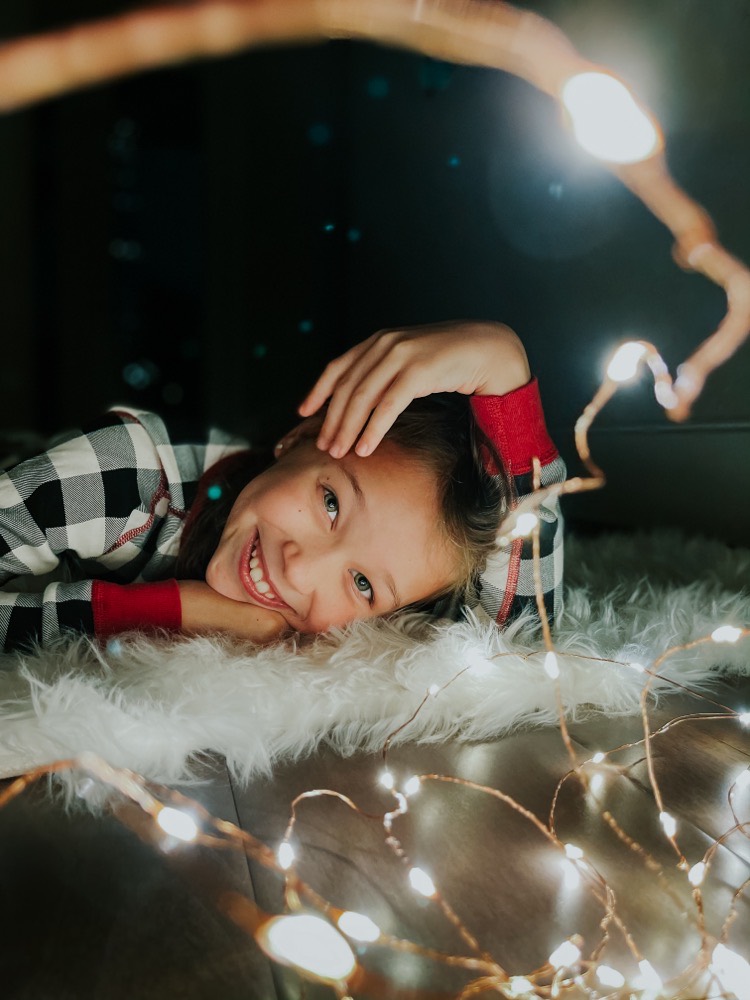
Sure, this is now taking more than one phone generation jump, but in just two years the iPhone’s portrait mode quality has come astoundingly far.
Portrait mode still isn’t perfect. Many times it misses when applying background bokeh (blur) in situations such as around hair, in front of leaves, around noses, handles, etc. But it is getting better. Here is a photo I took in front of trees with the iPhone 11 Pro (first), compared to one I took with the 12 Pro Max (second):
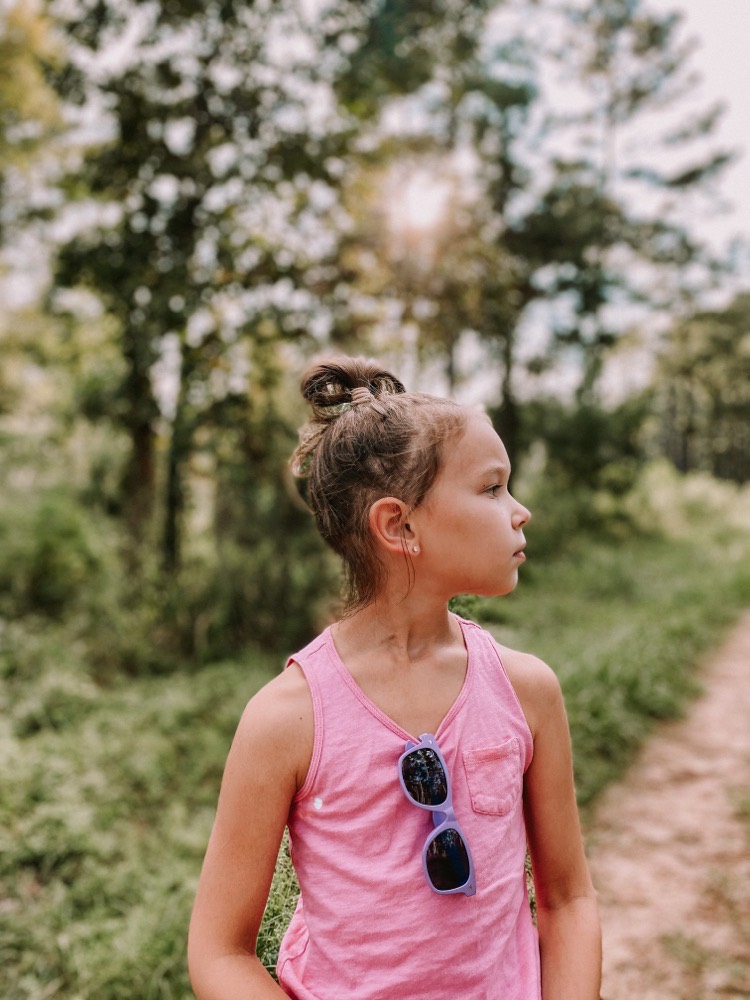
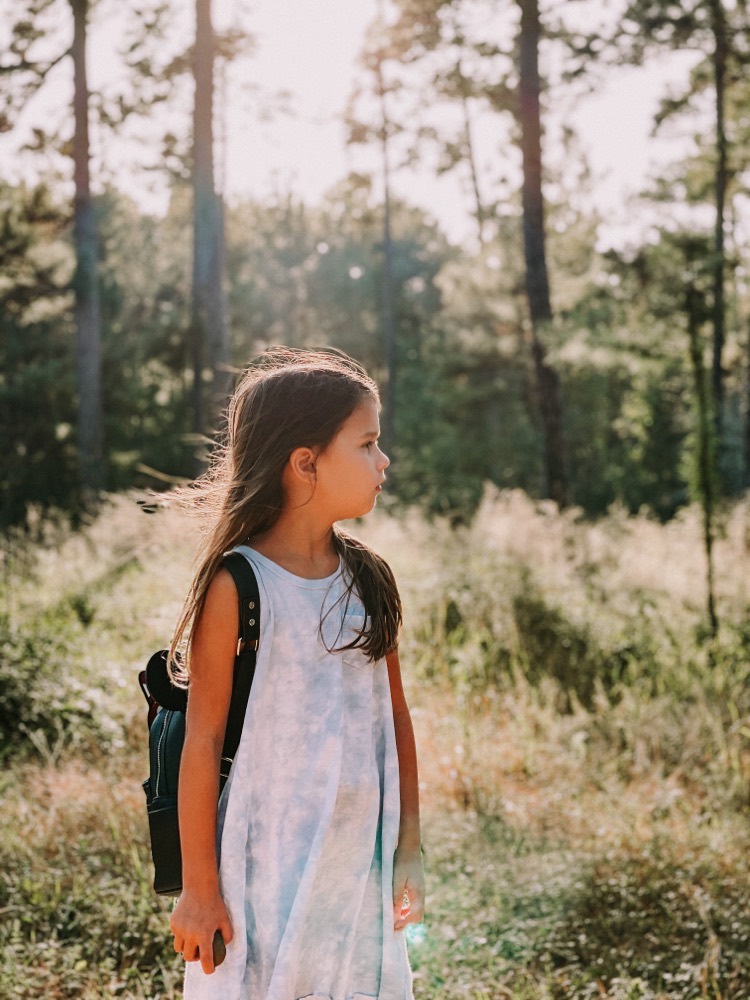
You can see the applied bokeh is getting slightly better, especially in places like around hair and under chins, and the misses with the 12 Pro Max are smaller, for example between fingers versus huge chunks between the arm and body. It still struggles with distinguishing the subject against busy backgrounds.
The most impressive improvement is the amount of clean detail in faces, and the ability to do so even in low light. This is what has me so excited about this new iPhone. I have a bag of tricks that I have always used to help me make my portrait mode photos work — things like cloning out weirdly applied blur or hot spots, adding blur where it missed, smoothing skin, adding noise reduction, adding clarity to eyes, and using a heavy grain to soften the edges of portrait mode tells. I don’t have to do any of that anymore, and the difference is striking.
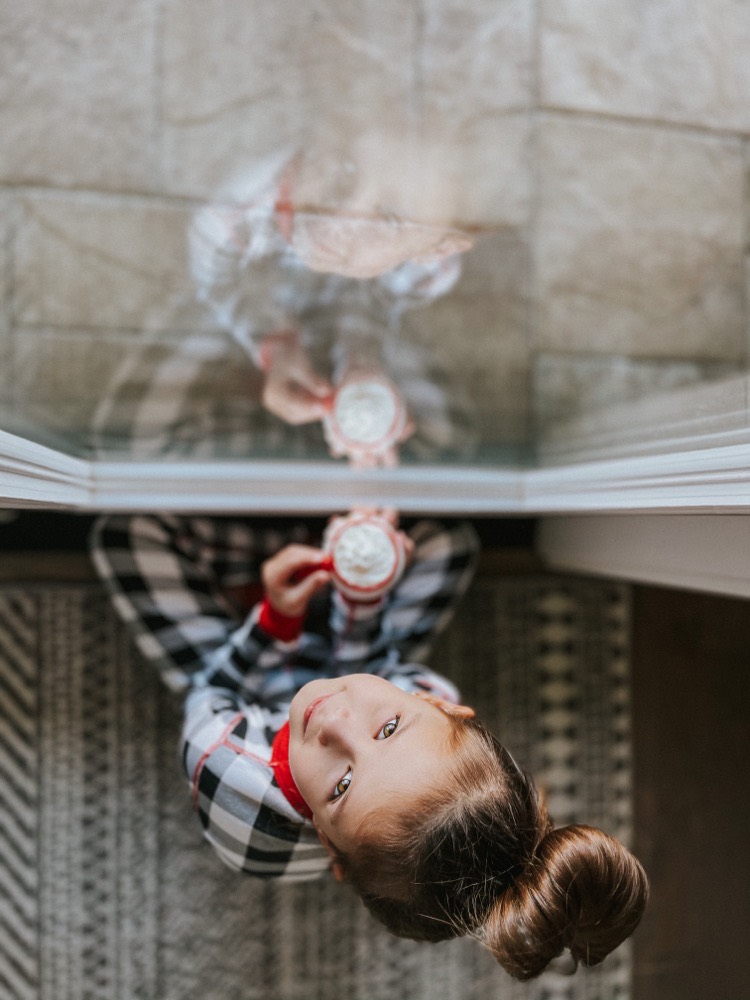
Should you go with an iPhone 12 Pro Max? That depends on how you use your phone’s camera. If you are like me and most of your iPhone photos are portraits, it’s absolutely worth it to go 12 Pro Max for the significantly higher quality portrait mode images it will help you create. If portrait mode isn’t really your thing, I’d say wait. Usually, two jumps between phones are where I personally find the biggest discernible difference to make me feel like I’m getting a much better camera. But this time, I do believe there is a big enough jump in portrait mode that it made it worth it for me. And after Apple releases their ProRAW format, I bet I will feel even more strongly that it’s worth it — from purely a photography stance — to go iPhone 12 Pro Max, or go home.

Get Our Best Photography Tips & Workflows
Transform your photos and edits from average to awesome with our in-depth, mobile photography course. It’s jam-packed with training, ideas, and lessons that can literally transform your photography overnight.
